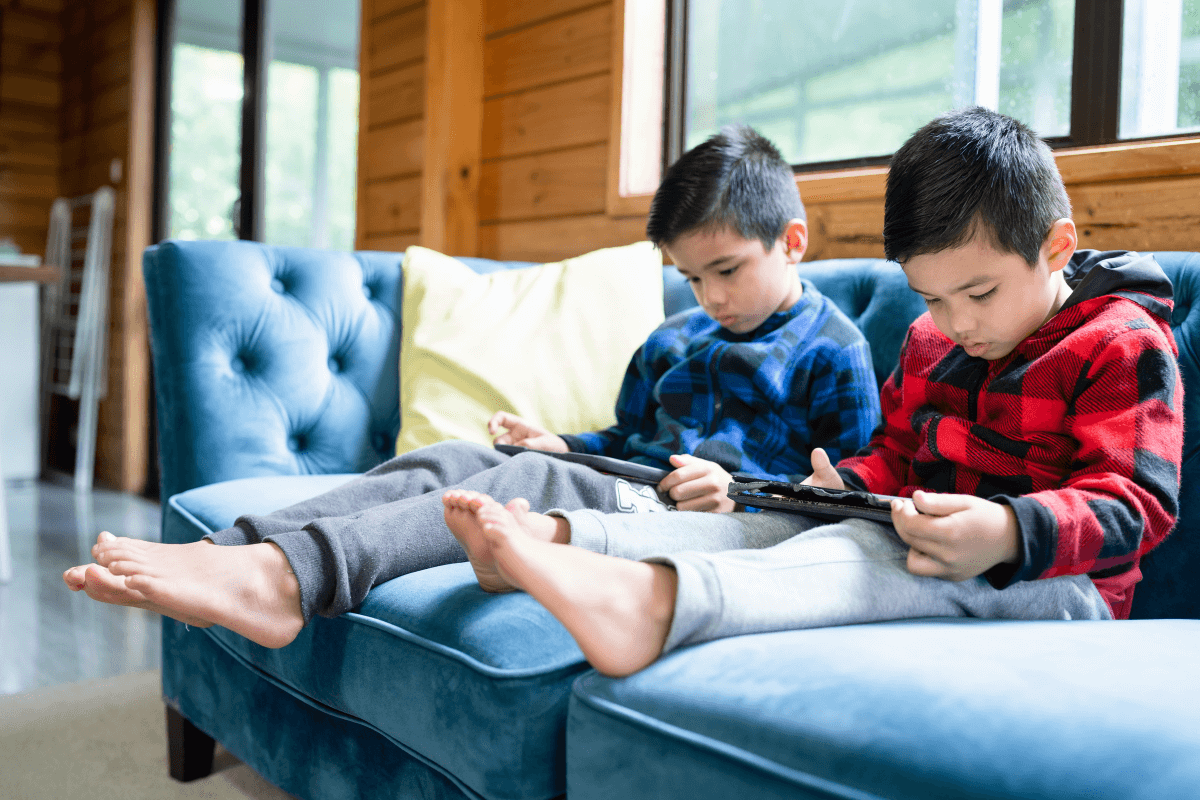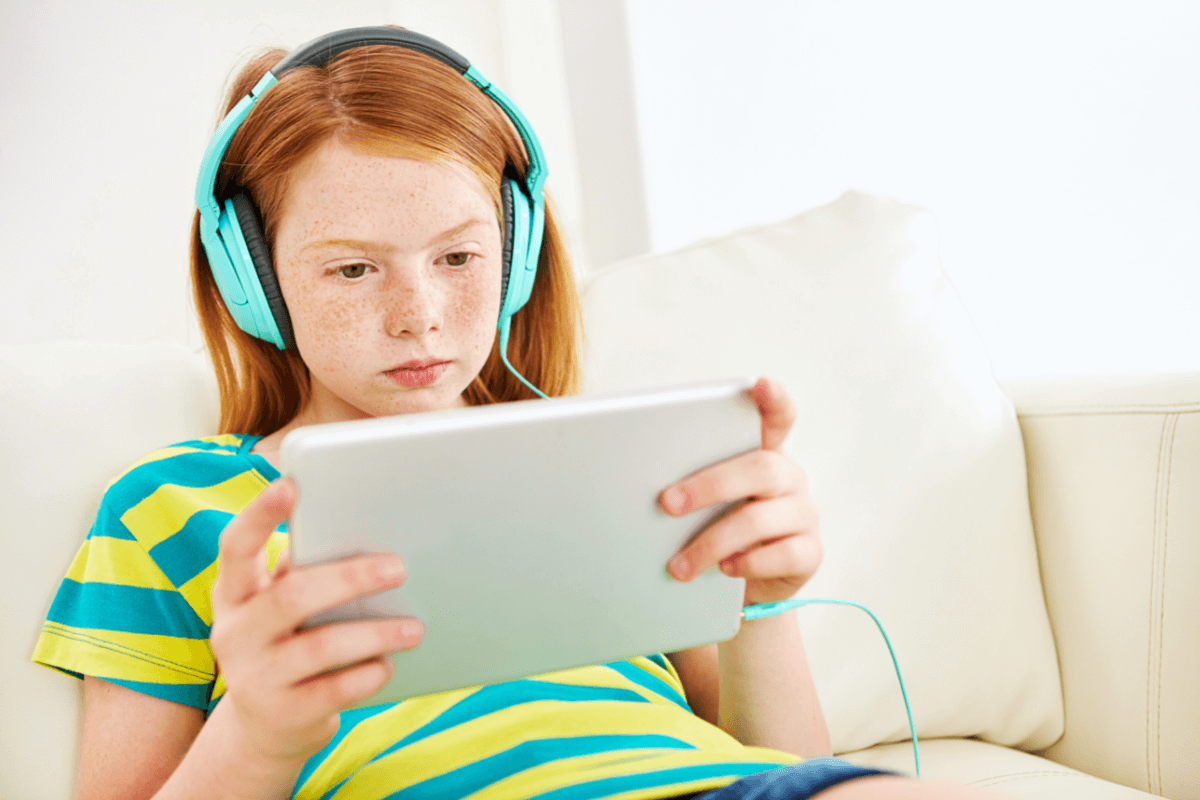As technology becomes increasingly intertwined in our society, many parents are left wondering how to integrate it into their children’s lives best. Negative screen time, such as when kids watch too much television or play violent video games, is extremely different from positive screen time. This includes using devices and apps for educational purposes, communicating […]



